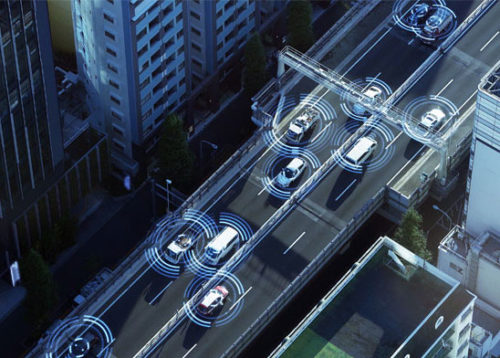
How to model connected and autonomous vehicles
March 2020: Martin Hartmann explains a quick and convenient way to study assumption-based behavior of autonomous and connected vehicles.
Before the latest release, the only way to represent bikes was to create a new vehicle type which was bike-sized. However these vehicles would not exhibit bespoke “cyclist behavior” but would behave like a car, i.e., they were restricted to their lane, so we wouldn’t see the effect of cyclists bunching at traffic lights or being overtaken on a single carriageway. Now, in the new release of Aimsun Next 20, we can model “non-lane based-behavior” and better represent how cyclists and motorbike riders behave.
It is important to note that the non-lane-based behavior model for cyclists is intended for city-wide microscopic simulation, focusing on the impact of cyclists over an area, rather than representing realistic trajectories for individual vehicles.


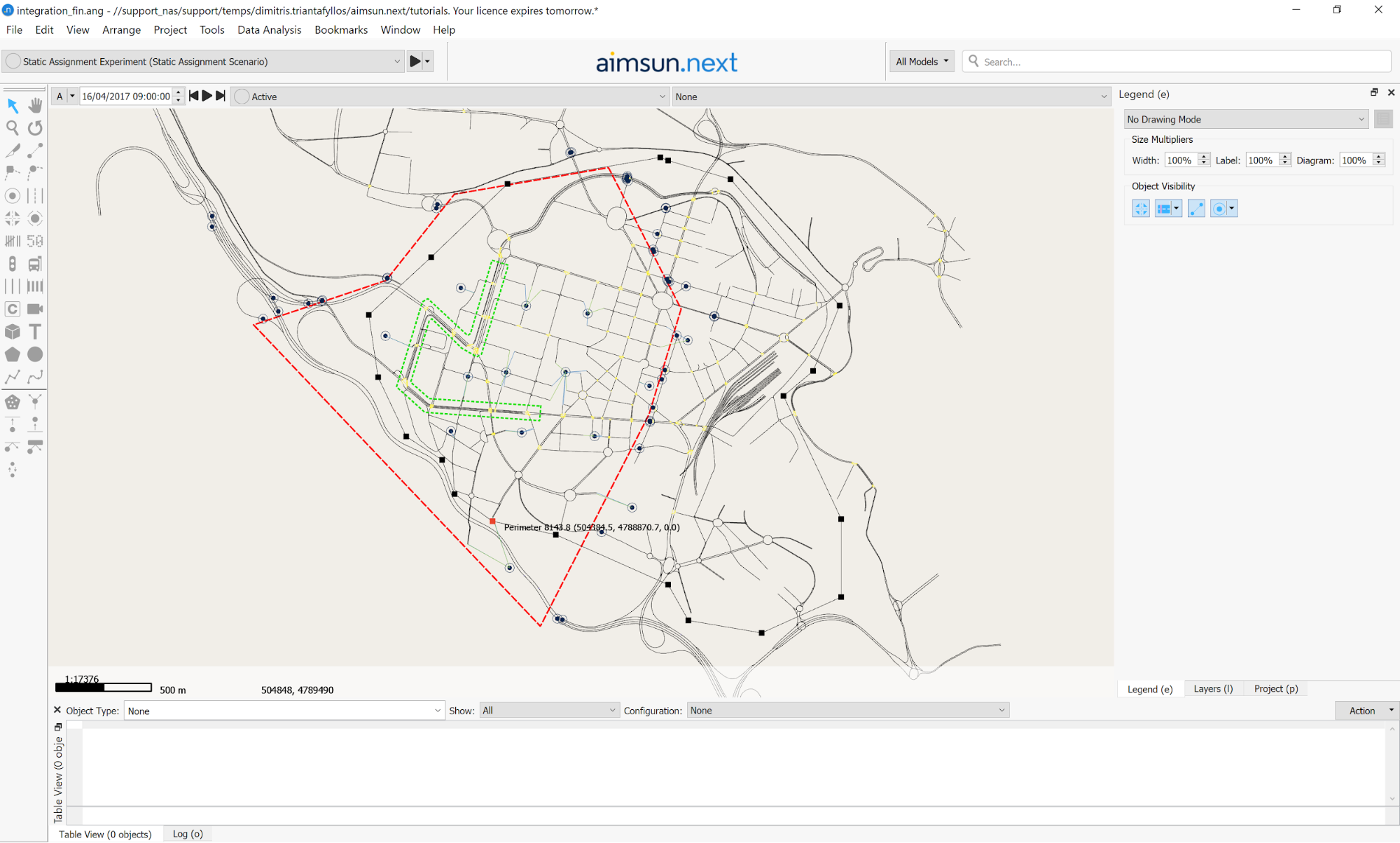

Each of these objects must have the model enabled in order for it to be used in the simulation:
This means that you can limit the non-lane-based behavior to a subset of the traffic and for a certain area of your model.



You will see that there are two new parameters in the main Microscopic Model tab: Max Lateral Speed and Lateral Clearance. These define how far a vehicle can move laterally within each time step and how much distance must exist between it and another vehicle to enable the non-lane-based model. The minimum lateral spacing between two non-lane-based vehicles is the sum of the lateral clearances of both vehicles. The minimum lateral spacing between a non-lane-based vehicle and a normal vehicle is the lateral clearances of the non-lane-based vehicle only.

Activating the non-lane-based behavior of the network (experiment and section activation as explained above) activates the lateral perception of all vehicles present on that section. This will make the widths of vehicles and lanes effective parameters of the simulation, so you will need to review these before proceeding!
It’s also a good idea to add a new vehicle class called Cyclists to use in traffic management, signal control and lane types.

You may want to change the Overtake Speed threshold; this is a percentage of the vehicle’s desired speed, below which it will consider making a lateral movement to overtake. By default this is set to 90%, but you can lower it to make cyclists behave more cautiously.

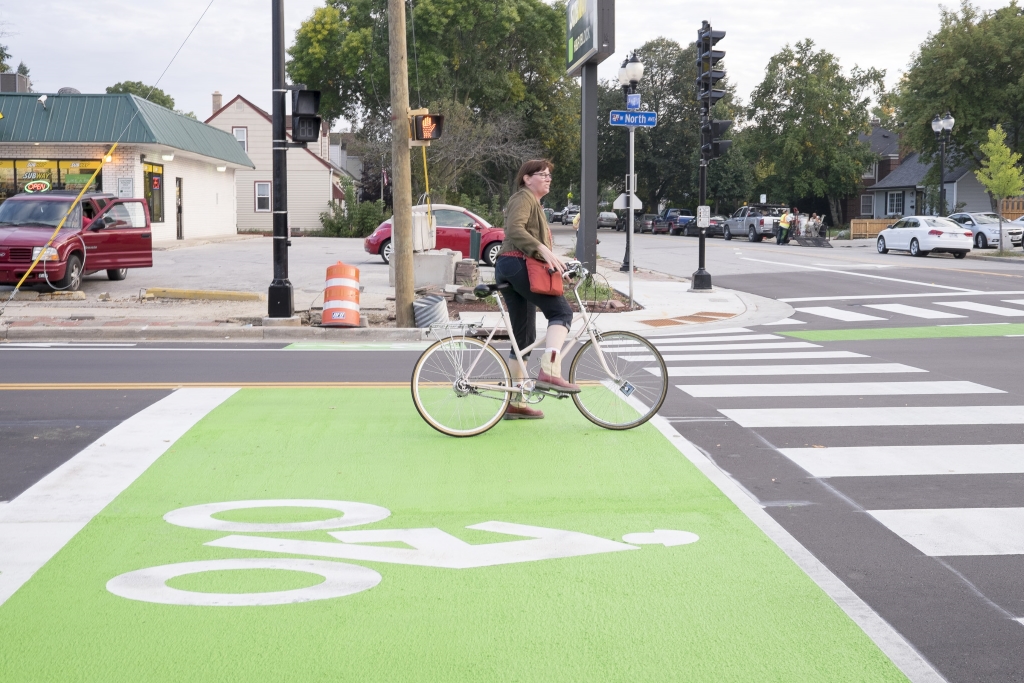
A bike box also known as an advanced stop line for bicycles.
It is possible to add a bike box at a signal by using signal control groups restricted to certain vehicle classes.

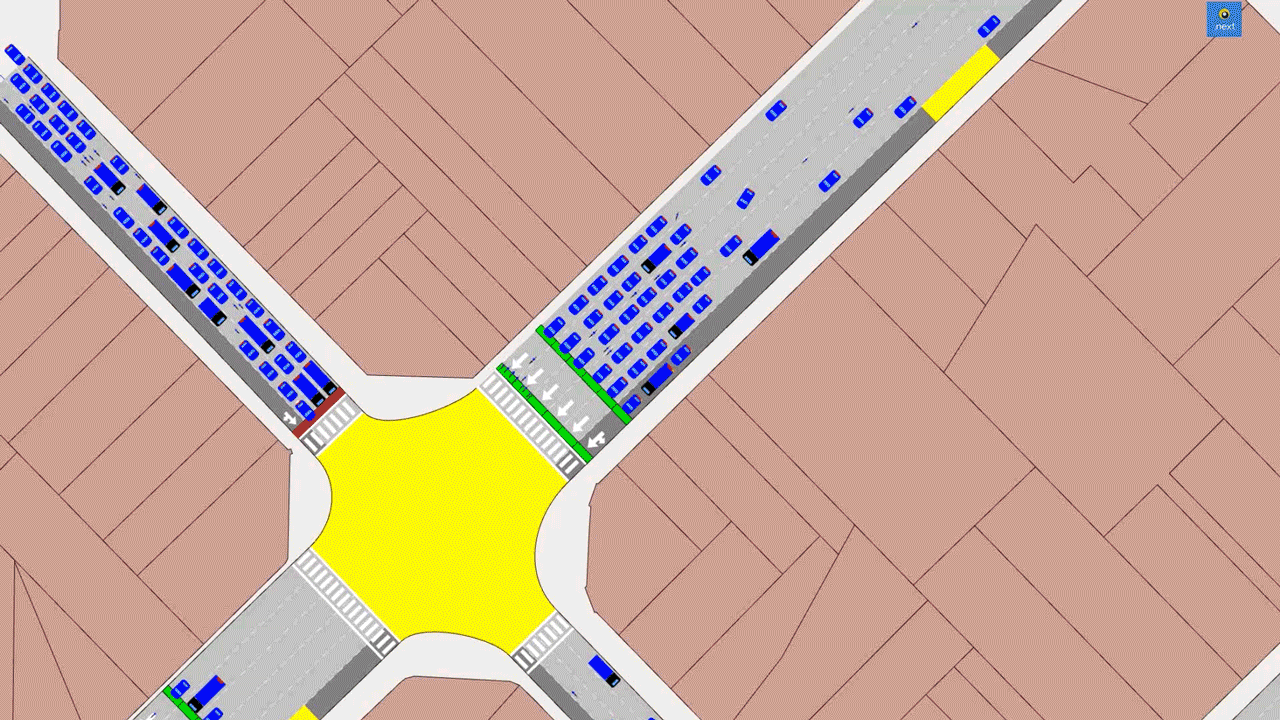
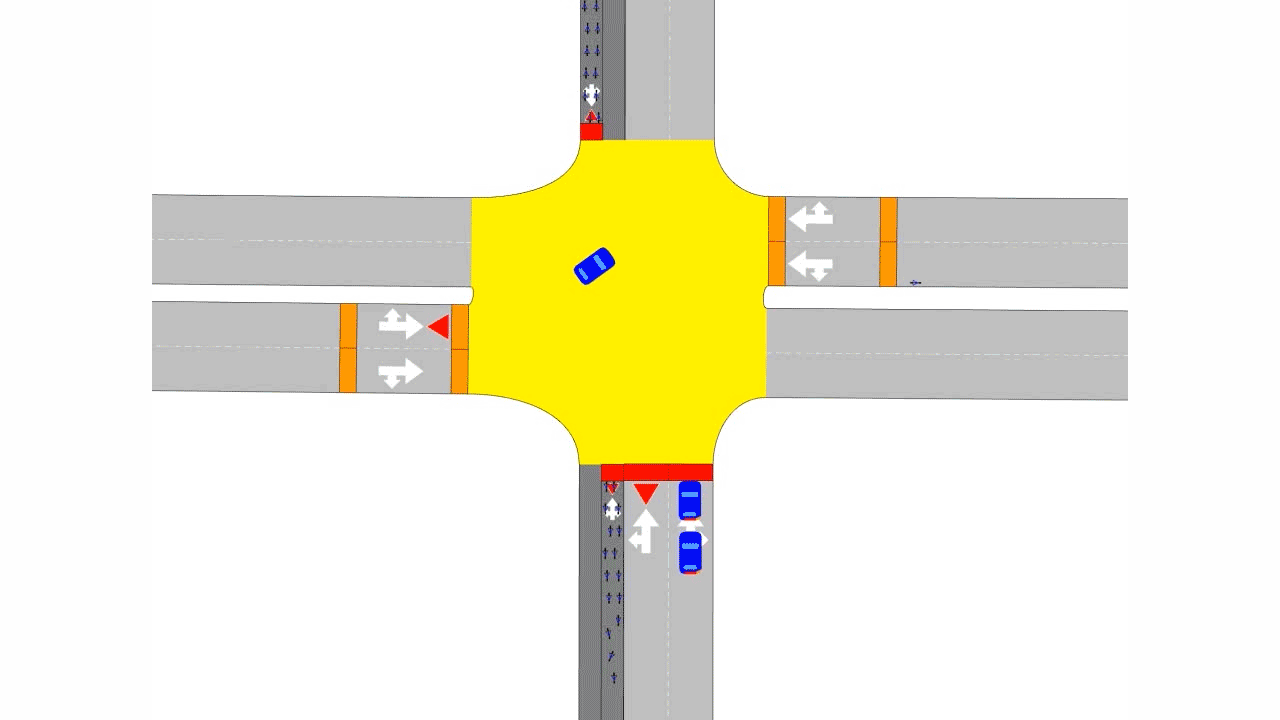

It is not possible to use the Two-Way-Two-Lane Overtaking model with non-lane-based behavior – you need to use cycle lanes.
To create a bike-only lane, create a new lane type and call it “Bike Lane”. You can choose whether cyclists must use the cycle lane (reserved compulsory) or if it is optional (reserved optional).
You can then create the one-way section with a cycle lane and then use an additional section in the opposing direction to allow cyclists to travel in both directions. The additional selection would also have a cycle lane applied.

March 2020: Martin Hartmann explains a quick and convenient way to study assumption-based behavior of autonomous and connected vehicles.

June 2022: Aimsun Next has a specific mesoscopic merging behavior model that is controlled by the cooperation gap and merging gap parameters. Mohammad Saifuzzaman explains how to use these parameters to control merging behavior and match observed traffic flow and congestion.
SHARE
Aimsun Next 23
Aimsun Next 20.0.5
Aimsun Next 23
@manual {AimsunManual,
title = {Aimsun Next 23 User's Manual},
author = {Aimsun},
edition = {Aimsun Next 23.0.0},
address = {Barcelona, Spain},
year = {2023. [Online]},
month = {Accessed on: Month, Day, Year},
url = {https://docs.aimsun.com/next/23.0.0/},
}
Aimsun Next 20.0.5
@manual {AimsunManual,
title = {Aimsun Next 20.0.5 User's Manual},
author = {Aimsun},
edition = {Aimsun Next 20.0.5},
address = {Barcelona, Spain},
year = {2021. [In software]},
month = {Accessed on: Month, Day, Year},
url = {qthelp://aimsun.com.aimsun.20.0/doc/UsersManual/Intro.html},
}
Aimsun Next 23
TY - COMP
T1 - Aimsun Next 23 User's Manual
A1 - Aimsun
ET - Aimsun Next Version 23.0.0
Y1 - 2023
Y2 - Accessed on: Month, Day, Year
CY - Barcelona, Spain
PB - Aimsun
UR - [In software]. Available: https://docs.aimsun.com/next/23.0.0/
Aimsun Next 20.0.5
TY - COMP
T1 - Aimsun Next 20.0.5 User's Manual
A1 - Aimsun
ET - Aimsun Next Version 20.0.5
Y1 - 2021
Y2 - Accessed on: Month, Day, Year
CY - Barcelona, Spain
PB - Aimsun
UR - [In software]. Available: qthelp://aimsun.com.aimsun.20.0/doc/UsersManual/Intro.html